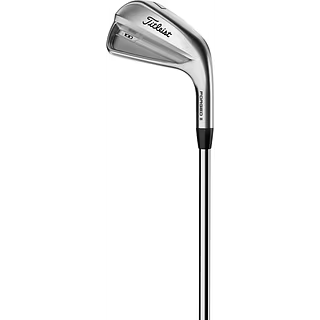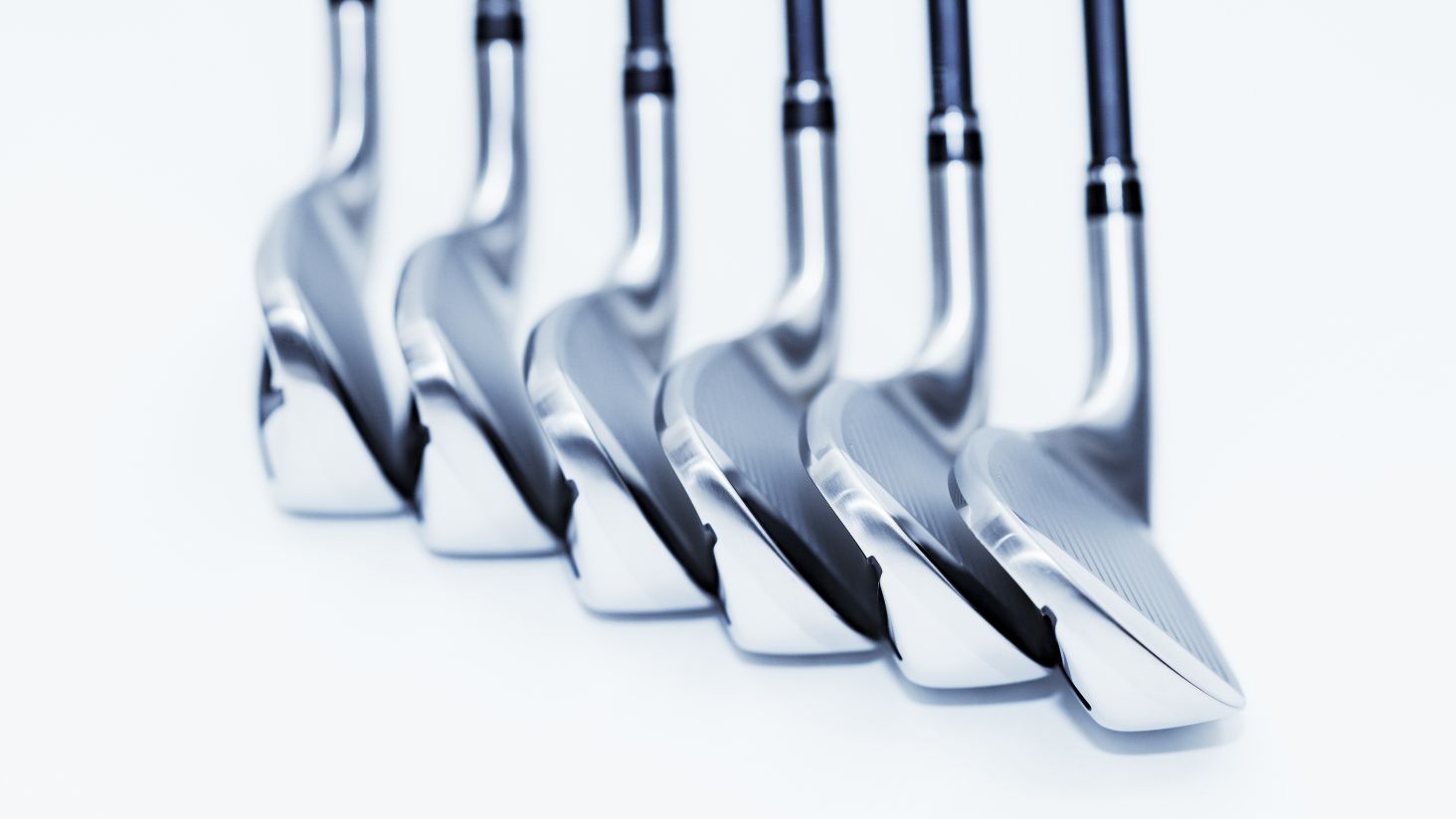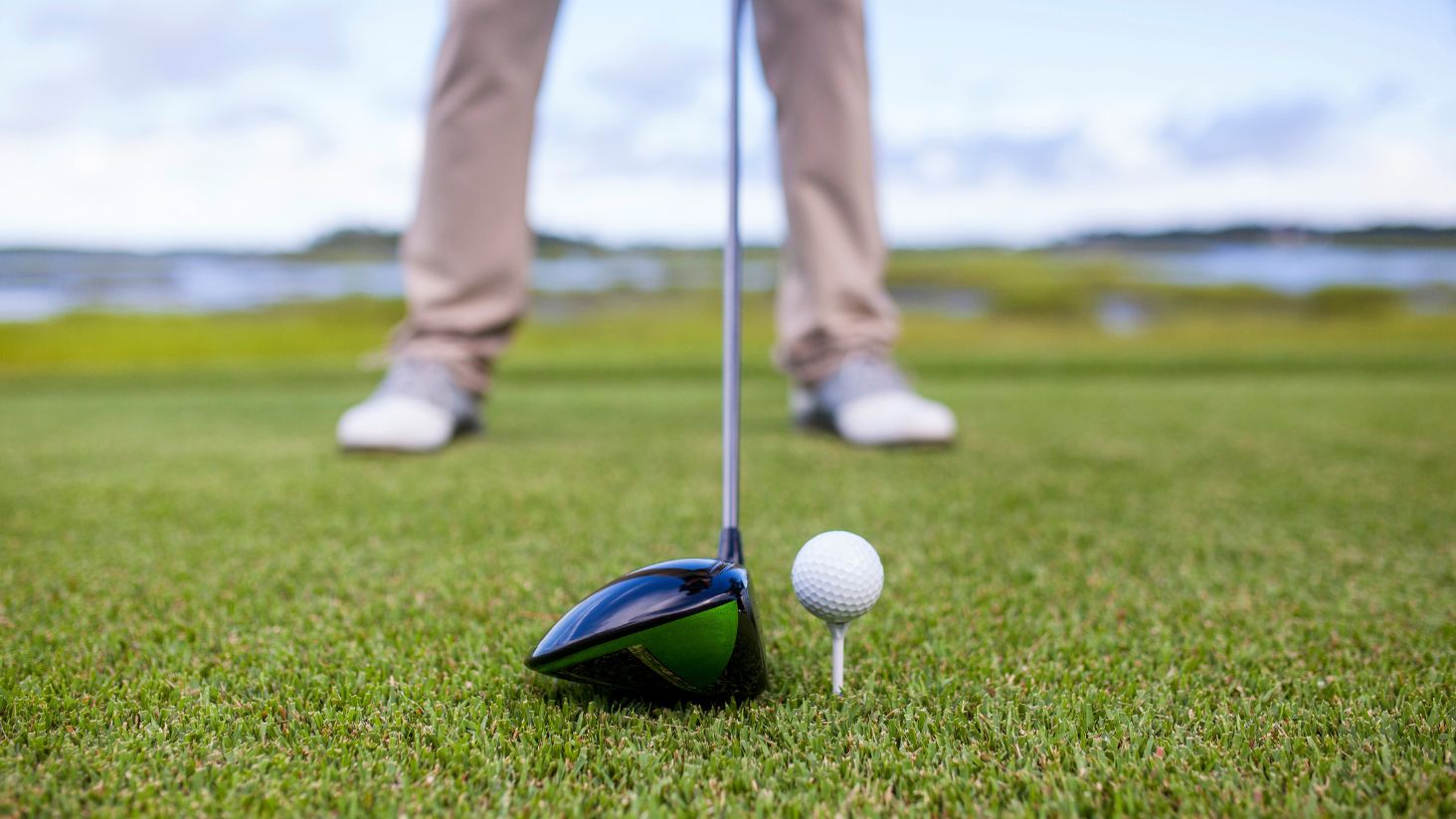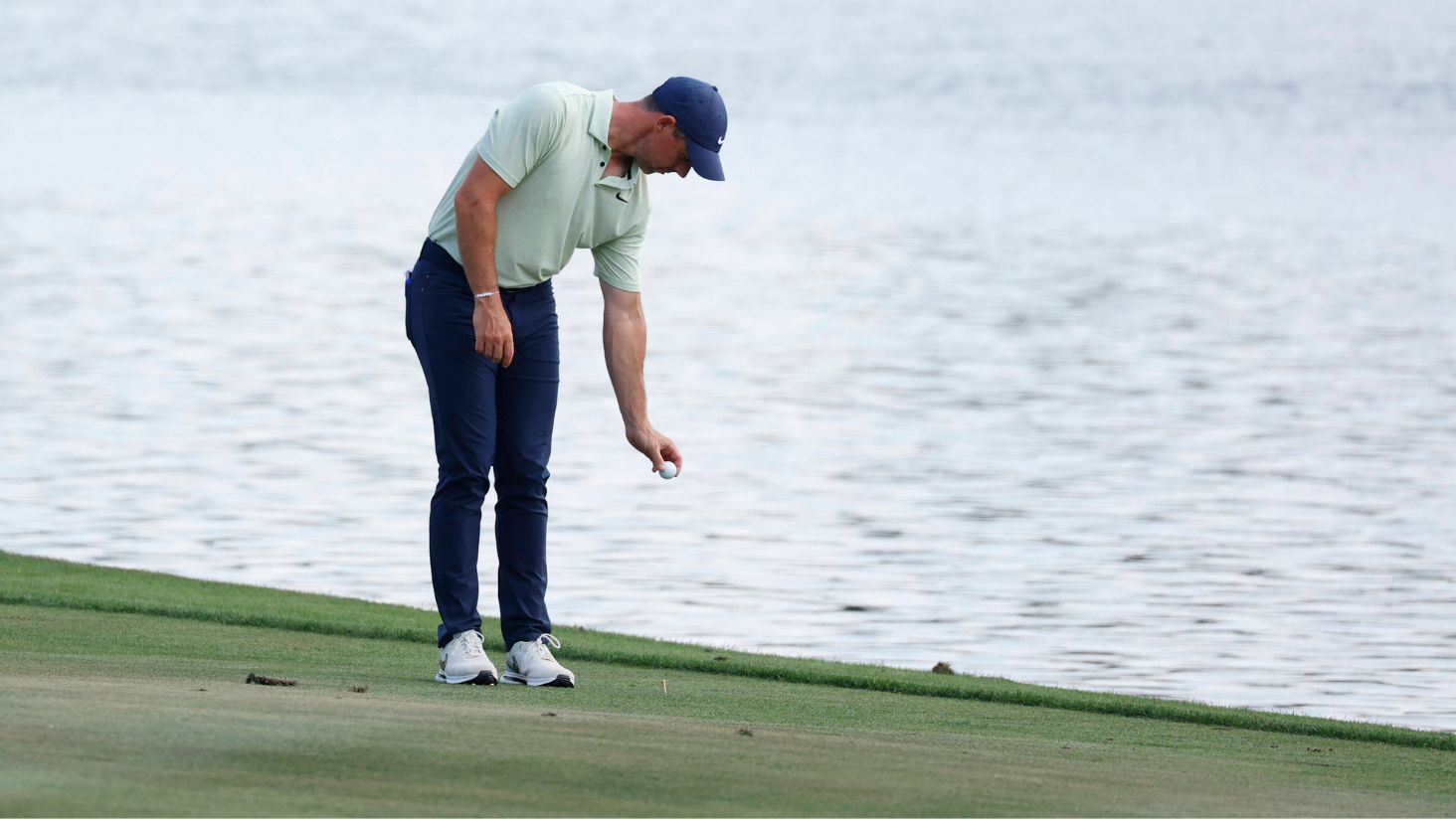
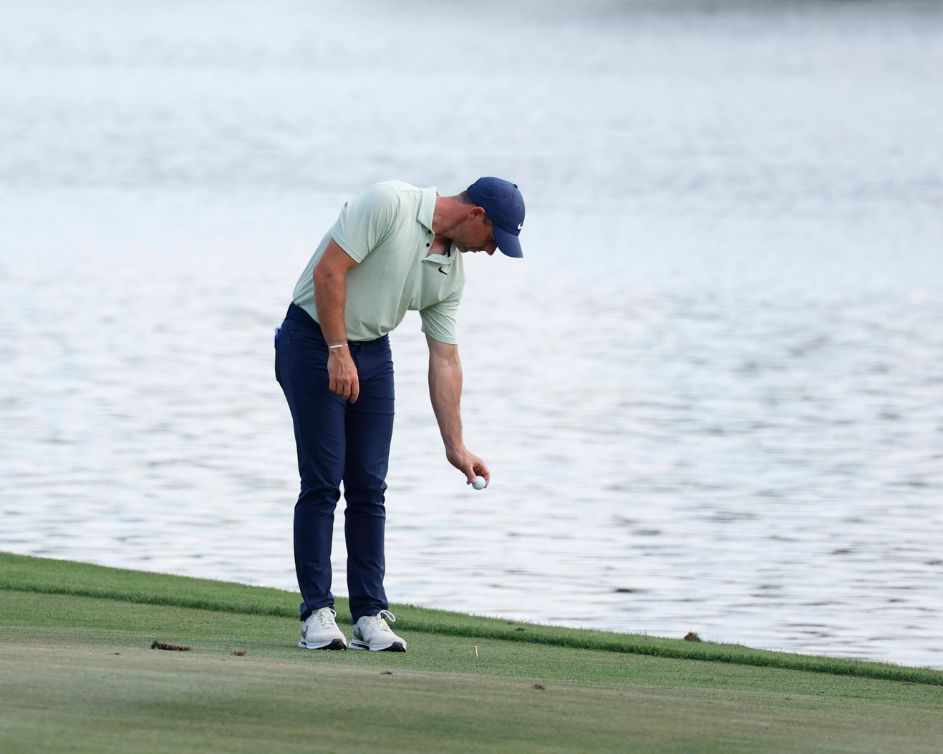
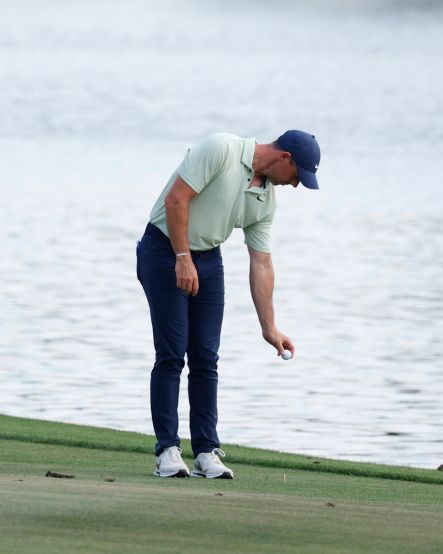
The most important rules of golf: Your guide to the golf course
Don't be afraid of penalty strokes! We explain the most important rules of golf and give practical tips for beginners and advanced players.
Golf rules may seem complicated at first glance, but they are the foundation of a fair and respectful game. Especially for newcomers, the abundance of rules can be overwhelming. This guide summarizes the most important and most common rules to help you get around the course confidently and without unnecessary penalties. We explain the basic principles and give you specific recommendations for the most common situations.
1. Basic rules and behavior on the tee
The tee, also known as the tee box, is the starting point of every hole. Clear rules apply here that define the start of the game:
- The 14 club rule (Rule 4.1): You may take a maximum of 14 clubs with you for your round. This includes all the clubs you want to use on the course - from the Driver to the Putter. If you accidentally carry more clubs, you will be penalized two strokes per hole, with a maximum penalty of four strokes per round. A small counting test before the start of the round can save you a lot of trouble.
- Tee mark in the Tee Box (Rule 6.2b): You must tee up and play your ball between the two tee markers and up to two club lengths behind them. If you tee off outside this area, you will incur a penalty stroke.
- Ball falls off the Tee (Rule 6.2b): If you have teed up your ball and it falls off by itself without a stroke movement (for example, due to a gust of wind), you may tee it up again without penalty. This also applies if you accidentally hit the ball with your club as long as you did not intend to hit it.
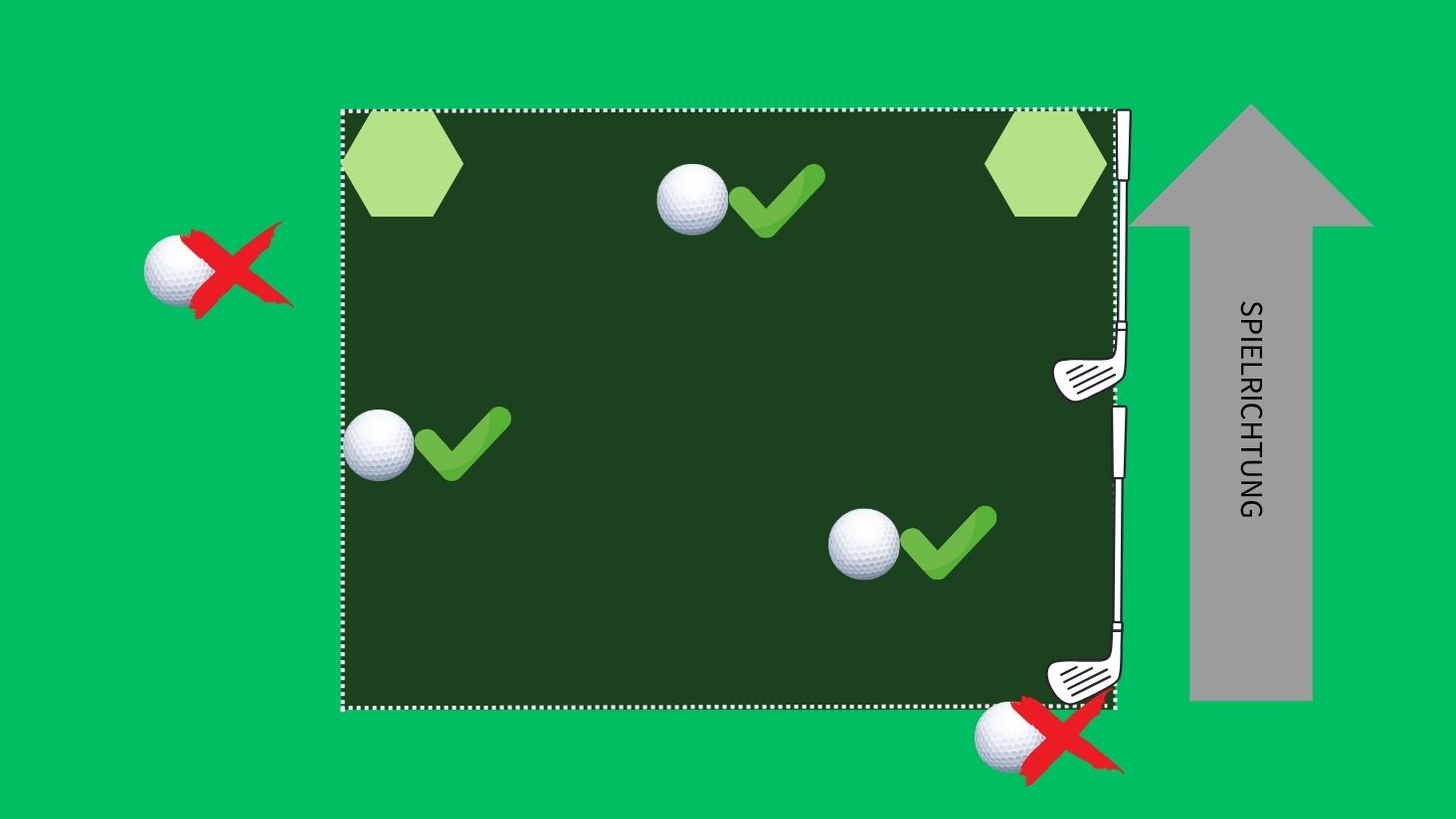
2. Playing in the Fairway and Rough
After the tee shot, the most important principle of golf applies. Here are the rules that apply on the fairways:
- Play as the ball lies (Rule 9.1): This is probably the most basic rule of golf. The ball must be played exactly where it has come to rest. You are not allowed to improve the position of the ball. This means that you must not remove anything that is firmly attached to the ground or has grown on it in order to improve your stance or shot. This includes, for example, pushing away grass or breaking off branches that hinder your shot. An offense will result in a penalty stroke.
- Time to search for a ball (Rule 18.2a): From the time you or your caddie start looking for the ball, you have 3 minutes to find it. If you do not find it within this time, it is considered lost.
- No advice (Rule 10.2a): You must not allow anyone other than your caddie or fellow player (e.g. in a scramble) to give you advice about the game. Offering advice to other golfers is also prohibited. This naturally applies to all parts of the golf course, including on the tee and on the green.
- Movable and immovable obstructions (Rules 15 & 16):
- Movable obstructions: These include all objects on the course that are not firmly attached to the ground or part of the course. Examples are loose stones, branches, leaves, rakes or garbage. You may remove these without penalty if they hinder your shot or stance. If your ball is accidentally moved in the process, you must return it to its original position without penalty.
- Immovable obstructions: These include, for example, paths, irrigation systems or benches. You may not remove these. If you are obstructed by such an obstacle, you may claim relief without penalty.

3. Problem solutions: Unplayable, lost or out
Things don't always go according to plan. If your ball is in a difficult position, there are rules to resolve the situation:
- Lost ball or out (rule 18): A ball is considered lost if it is not found within 3 minutes or if it crosses the out boundary (usually marked by white stakes). In both cases, you must play a new ball at the spot from which you last played the lost ball and receive a penalty stroke.
- Important course rule: Many courses now have an optional course rule (E-5) to speed up the flow of play. If this rule is in force, you have the alternative of dropping a new ball near the spot where the ball went out or was lost for two penalty strokes instead of having to run back. Always check the notices on the course to see if this rule applies!
- Provisional ball (Rule 18.3): If you suspect that your ball has been lost or gone out of bounds, you can save time by playing a provisional ball. You must announce this out loud ("I am playing a provisional ball"). If the original ball is found, you play it and the provisional ball is picked up. If the original ball is not found, you continue to play the provisional ball and receive a penalty stroke.
- Unplayable ball (Rule 19): If your ball is in a position from which it is unplayable (e.g. in dense bushes), you can declare it unplayable for a penalty stroke. You then have three options for dropping the ball:
- The last spot played again.
- Within two club lengths of the location, but no closer to the hole.
- On the extension of the line between the flag and the ball, as far back as you like.
4. Special lies: Bunker rules
The Bunker is a special obstacle with its own rules:
- Basic rules in the Bunker (Rule 12): You may not touch sand with the club before hitting it, i.e. you may not test hit or ground the club. A breach of this rule results in two penalty strokes.
- Grounding the club (Rule 12.2b): Touching the sand with the club before or during the backswing is prohibited. You may only touch the sand after the shot.

5. General information about the game
- Order of play when hitting ("ready golf"): The honor, i.e. the right to tee off first, goes to the player with the lowest number of strokes on the previous hole. On the Fairway, however, the principle of "ready golf" increasingly applies - whoever is ready to hit first and does not hinder anyone, hits first. This promotes a faster flow of play.
- Dropping correctly (Rule 14.3): When dropping, you must drop the ball from knee height. The ball must land in the prescribed relief area and remain there. If it does not, the drop must be repeated.
AI tools were used in the creation of this article.




Release date
20 Aug 2025
photos
Rory McIlroy dropping his golf ball: Everyone, whether professional or amateur, must follow the rules of golf. (Photo: Imago)
